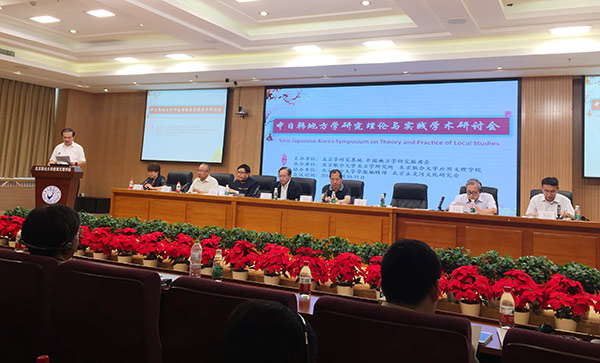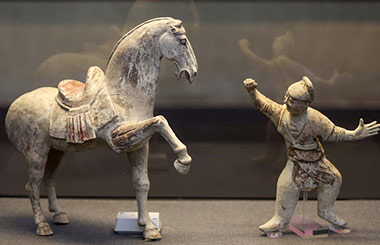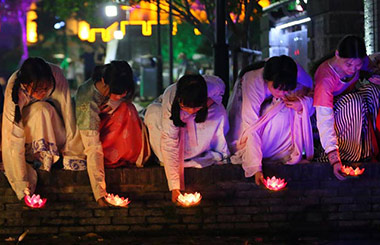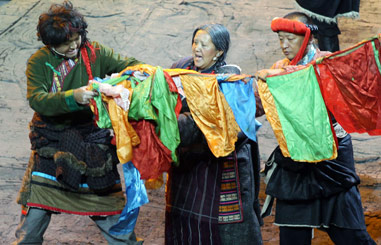Beijing Union University holds symposium on local studies
By Bi Nan ( chinadaily.com.cn ) Updated: 2016-08-22 14:58:06
 |
|
Experts from home and abroad gather at the Beijing Union University in Beijing to share research results in local studies, August 20, 2016. [Photo by Bi Nan/chinadaily.com.cn] |
The "Sino-Japanese-Korea Symposium on Theory and Practice of Local Studies" was held in Beijing Union University from August 20 to 21, with more than 80 participants from China, Japan and South Korea attending the event.
Scholars and experts from nearly 30 cultural research institutes in China, Japan and South Korea shared and reviewed their research results in local studies. Specialists from Canada and Hong Kong on cultural studies were also present at the meeting. The symposium has received over 40 papers or abstracts.
In recent years, local studies, a subject that comprehensively studies specific localities, has emerged in many cities and regions around the world. For example, there is Seoul study, Cheju study, Gangneung study in South Korea and Tokyo study, Fuji study in Japan.
China has an even longer history in local studies, as Lu (the abbreviated form of Shandong province) study and Jin (the abbreviated form of Shanxi province) study emerged as early as the late Qing Dynasty (AD1636-1912) and early Minguo Era (1912-1949). During 1920s-1950s, China had three famous doctrines of Dunhuang study, Huizhou study and Tibetology. At the end of 1990s, the research institutes for local studies sprung up nationwide, such as the Beijing study, Erdos study and Quanzhou study.
As the world become more globalized, local cultures and diversity are attracting more attention. Besides, different subjects are overlapping and fusing with each other to better solve real issues, which in turn has seen the development of "local studies".
China, Japan and South Korea are geographically close to each other and have similar cultural origins, which facilitate the communications on local studies. The symposium this time will further promote the academic exchanges and improvement of the local studies in China, Japan and South Korea.
|
|
|
|
|
|
|
|
























 Raymond Zhou:
Raymond Zhou: Pauline D Loh:
Pauline D Loh: Hot Pot
Hot Pot Eco China
Eco China China Dream
China Dream China Face
China Face






